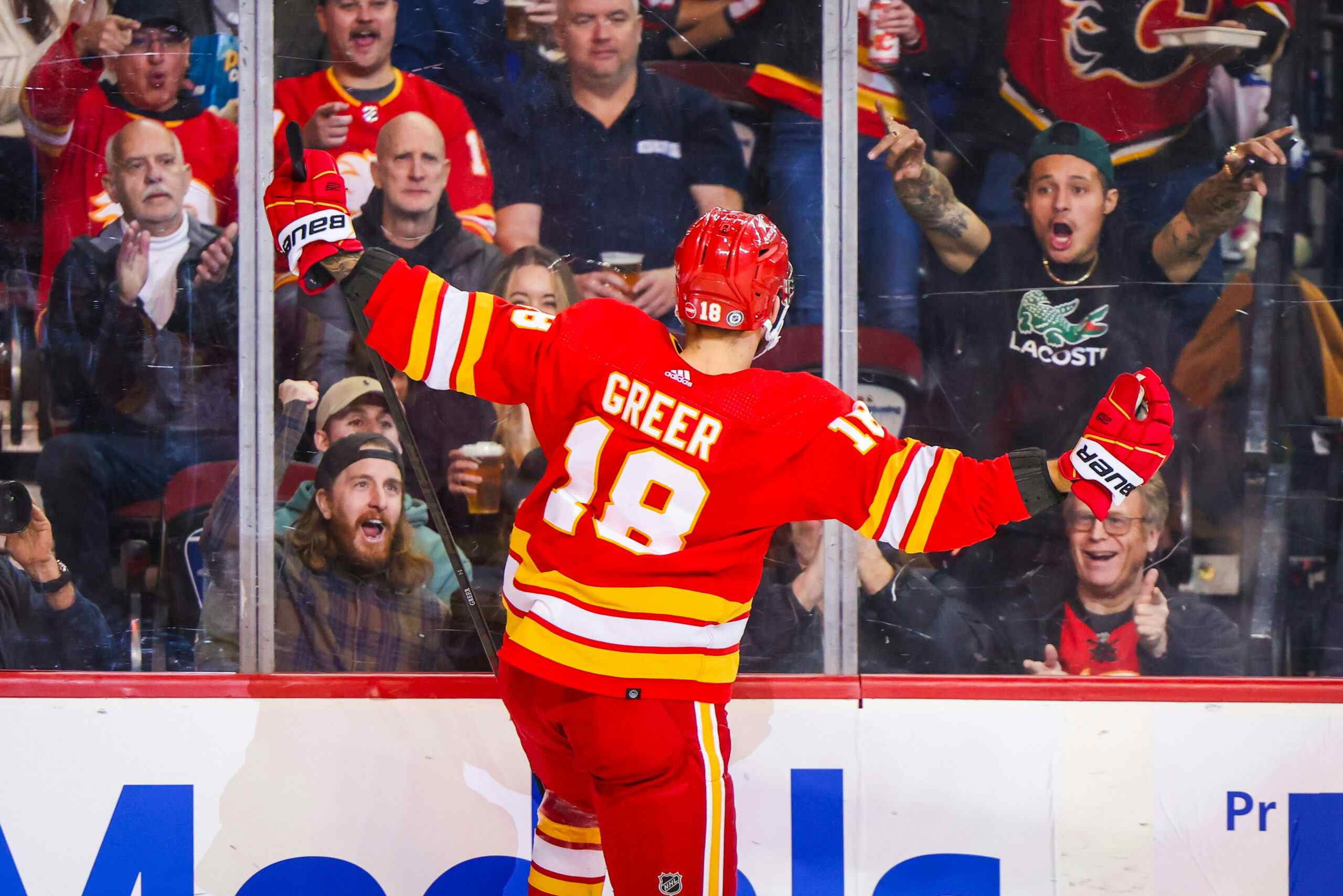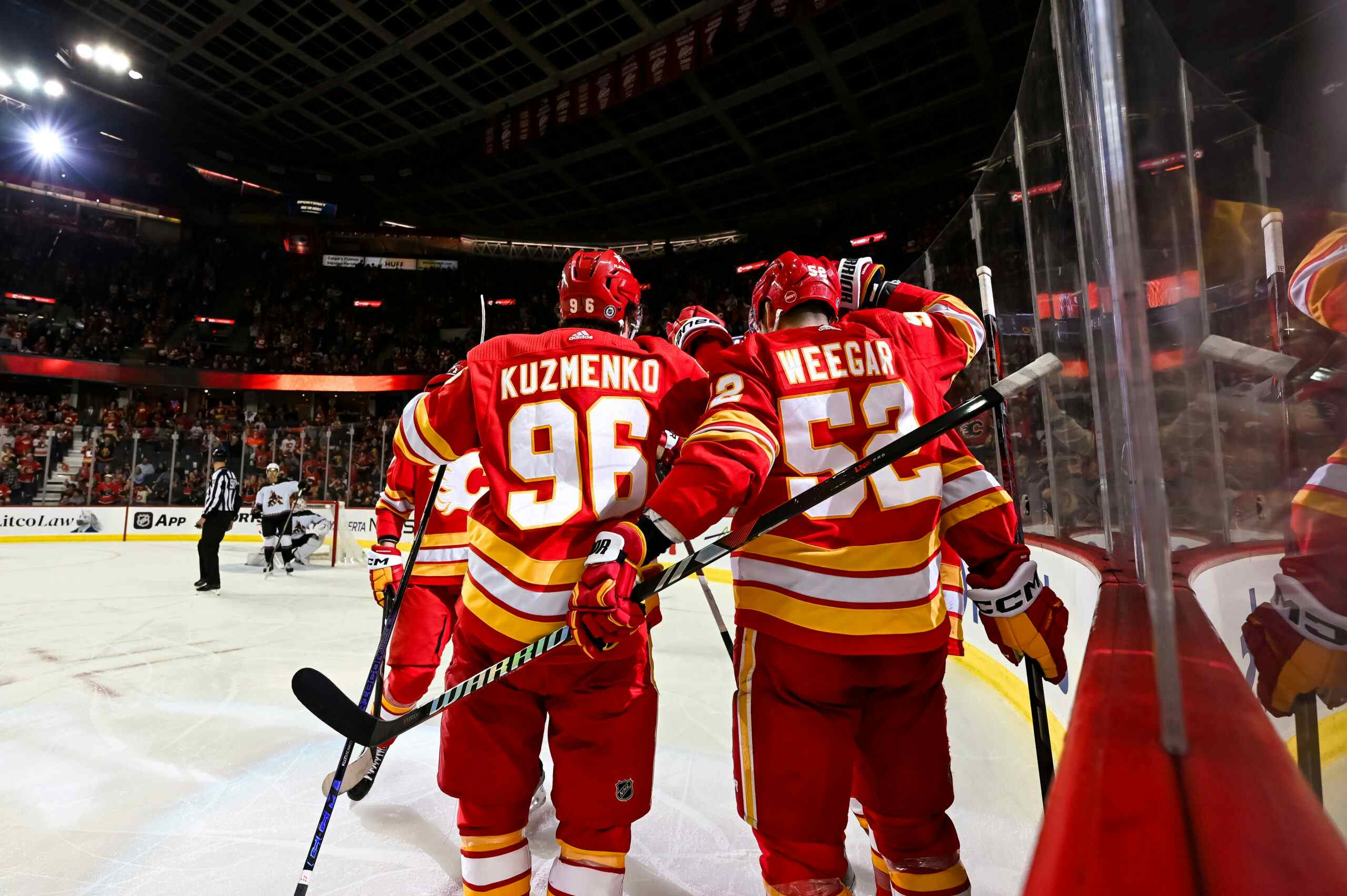Random Thoughts: CalgaryNEXT Edition
By Kent Wilson
8 years ago
We originally had these notes on the original Random Thoughts article, but felt the topic was too important to shoehorn in it with general hockey stuff. My more through overview of the the CalgaryNEXT proposal can be found here.
The Flames’ ill-conceived arena project/megaplex is back in the news again after Gary Bettman’s recent visit to the city.
The NHL commissioner’s shill job for the org’s proposal borrowed heavily from the professional sports public subsidy playbook, but he didn’t seem to find a very receptive audience. Calgary’s city council (and citizenry in general) have been appropriately skeptical since the team released the details of their $1 billion project, but the oil induced economic slump has no doubt further eroded most folk’s patience for corporate welfare.
– Nevertheless, it makes sense to investigate some of Bettman’s more outlandish claims, if only to debunk them. First, he frequently defines Calgary’s arena project as “infrastructure”, implicitly placing it in the same mental folder as typical civic investments such as public roads, water and transit. He even went so far as to say the Flames weren’t going to make a $900 million “gift” to the public.
Building an arena for private interests isn’t “infrastructure”. The fact that it would be “publicly owned” isn’t a boon to the city, unless it’s also the entity garnering revenue from the building. As I mentioned before, the city owning the arena is a huge boon to the Flames, not the public – it allows the team to avoid property taxes and gives them the flexibility to walk away from the building at some point in the future without consequence. It also means the property won’t generate any tax revenue for the city.
Bettman also mentioned that these sorts of projects are always completed through a “private/public partnership”. What he means by that is a relationship where the public soaks up most of the cost and the risk while the team accrues almost all of the benefits and the profits. This project wouldn’t be nearly as controversial if a real partnership had been proposed – i.e. one where both parties share risk and reward.
Bettman also hinted at why teams so often run to the public with these “deals” rather than to the banks or private investors when he admitted “it’s not an expense that is cost justified”. As mentioned in this space previously, sports arenas tend to be terrible assets. They are expensive to maintain, fall out of fashion pretty rapidly and are hard to update, retrofit or destroy. As such, arenas rapidly depreciate in value, which is why the very rich men who own all the sports teams in the city would rather give the bill of ownership to you and me.
– Last word on this topic for now. Eric Francis published something shortly after his Twitter spat with Nenshi that requires some corrections. First one:
“The fact that many arena deals do wonders to help transform cities and enhance quality of life while also acting as tremendous economic generators gets ignored at times like these.”
It’s ignored because it’s demonstrably not true. There’s some “quality of life” arguments for people who frequently attend games, concerts and the like, but it hardly justifies the enormous cost to the public. People pay for this “quality of life” improvement by buying tickets to these events, not pledging millions in tax subsidies. Furthermore, economic studies have proven over and over again that arenas are not “economic generators”. At best, they just move existing money around. At worst, they are a net economic drain.
Next:
“They also point out the $240-million community revitalization levy from the surrounding area wouldn’t be generated without the building.
Found money.”
This is a ridiculous claim. First, because CRL’s (Or tax Increment Financing) are never “found money”. They are a complex bet made by a city involving the shifting of tax dollars in order to kickstart development in given, often blighted areas. Calgary’s East Village redevelopment was financed by a CRL, for instance.
Of course, CRL’s absolutely don’t need something like CalgaryNEXT for them to “work” and, in fact, the presence of a huge, city owned property in the middle of CRL increases the city’s risk. Arena proponents claim that sports megaplexes act as “anchor” properties that attract other development, but as East Village demonstrates, they aren’t the only way to enact gentrification. The question should be “is this the most efficient way to spend this much money to spur development?” The answer, when it comes to stadiums according to economic literature, is almost always “no”.
We’ll have a more detailed article on CRL’s in the near future. For now, check out Jonathan Willis’ look at Tax Increment Financing here. The key take away?
“TIF is not an effective economic development tool but is instead a budget management tool for local governments.”
Finally:
“Tough sell but it’s all semantics…”
Semantic disagreements revolve around the meaning of words. That is emphatically not the case when it comes to the CalgaryNEXT “negotiation” – it is a complex philosophical and principled divide between parties with utterly discordant incentives and priorities. If a used car salesman tried to sell you a car you didn’t want at a price you couldn’t afford via thinly veiled personal insults, would you call that a semantic disagreement? Neither would I.
At some point I’d like to see a new arena in Calgary. Unfortunately, the Flames’ initial proposal and their subsequent pitch has been a farcical. Nenshi is right to dismiss Bettman’s Lyle Lanley song and dance out of hand because, at this point, CalgaryNEXT isn’t worth taking seriously.
Recent articles from Kent Wilson





